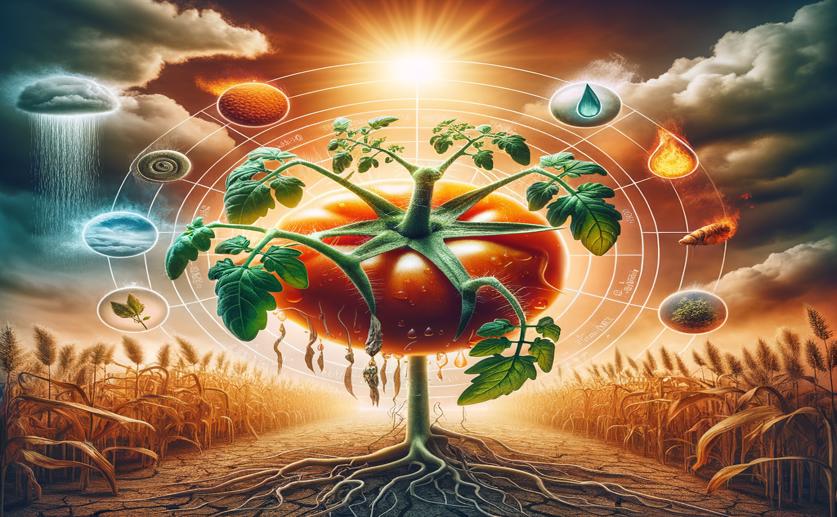
How Tomato Genes Respond to Environmental Stress
Jim Crocker
22nd May, 2024

Image Source: Natural Science News, 2024
Key Findings
- Researchers at Sunchon National University identified eight SlE2F/DP genes in tomato, each with unique domains
- These genes show different expression patterns in tomato organs and respond to stresses like heat, salt, and cold
- The study suggests these genes are crucial for plant development and stress responses, aiding future crop improvement
References
Main Study
1) Genome-wide characterization and expression profiling of E2F/DP gene family members in response to abiotic stress in tomato (Solanum lycopersicum L.).
Published 22nd May, 2024
Journal: BMC plant biology
Issue: Vol 24, Issue 1, May 2024
Related Studies
2) The interaction of plant biotic and abiotic stresses: from genes to the field.
3) WRKY76 is a rice transcriptional repressor playing opposite roles in blast disease resistance and cold stress tolerance.
4) Recent advances in engineering plant tolerance to abiotic stress: achievements and limitations.
Journal: Current opinion in biotechnology, Issue: Vol 16, Issue 2, Apr 2005



 21st May, 2024 | Jim Crocker
21st May, 2024 | Jim Crocker